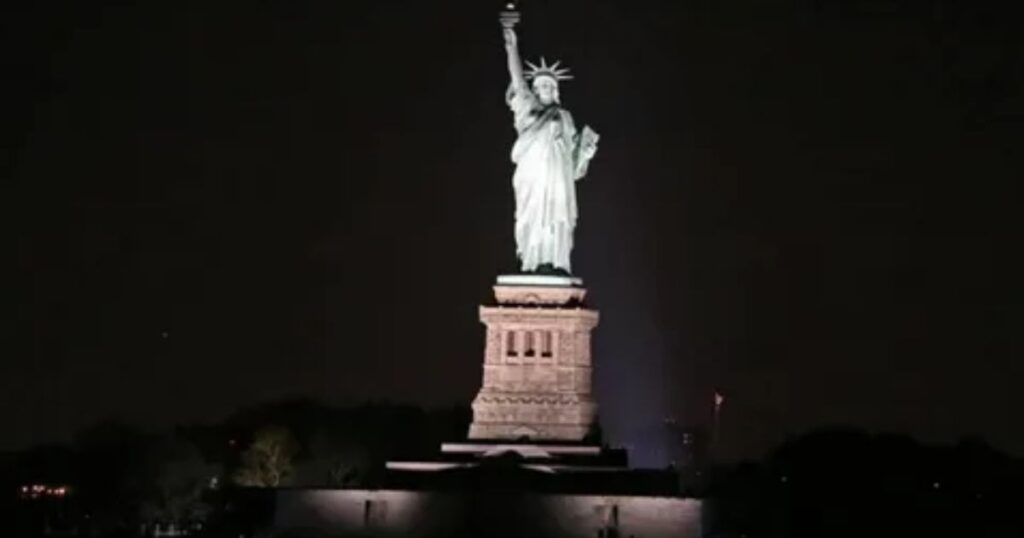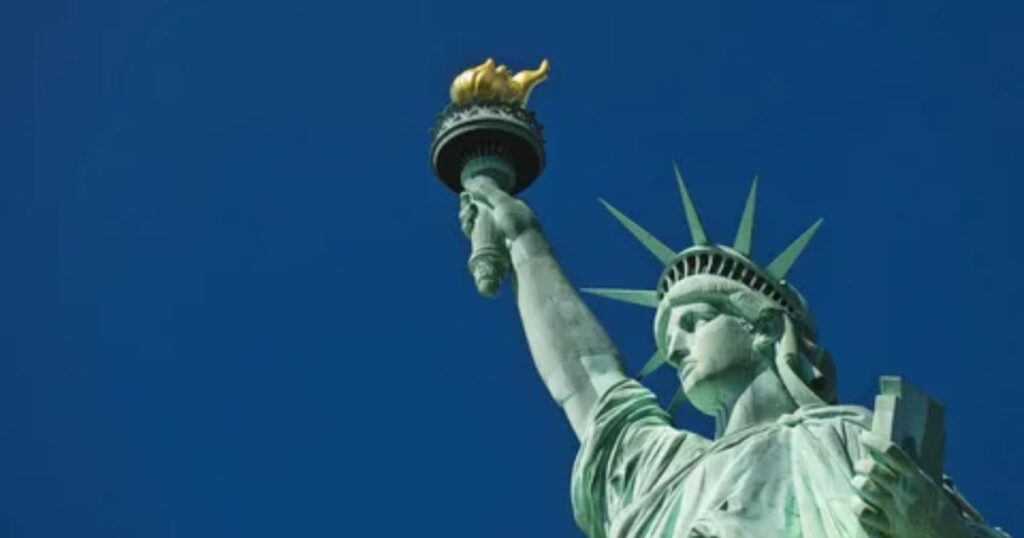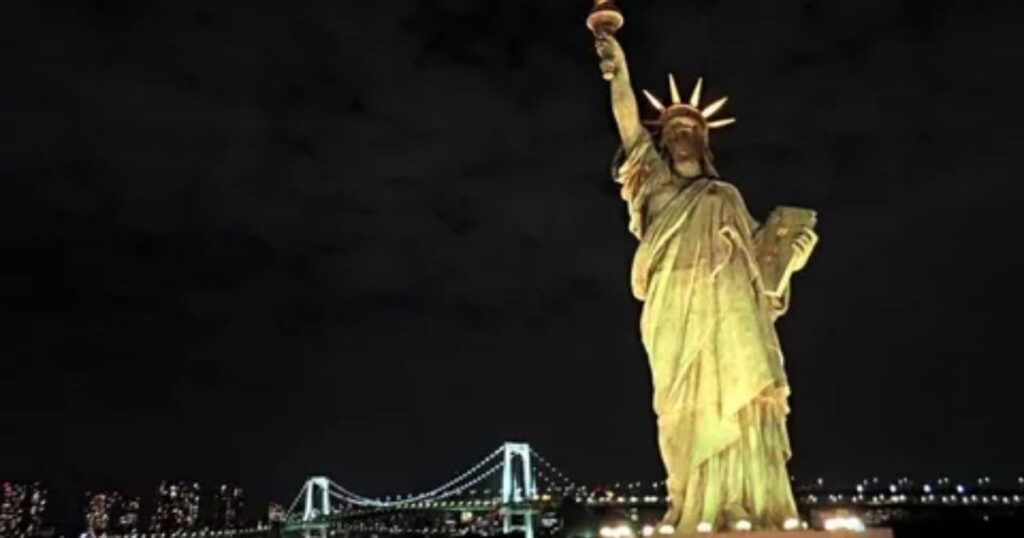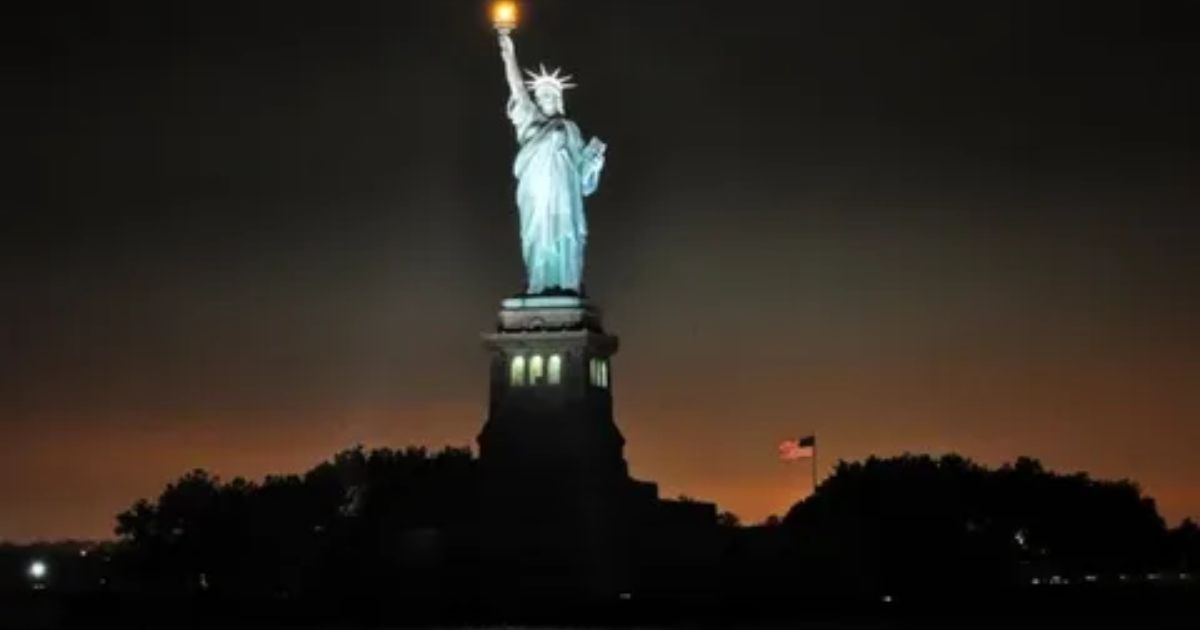Statue of Liberty Lightning: A Majestic Sight in the Sky
The Statue of Liberty, an iconic symbol of freedom and democracy, stands tall in New York Harbor. While its grandeur attracts millions of visitors each year, one of the most awe-inspiring phenomena associated with this monument is the sight of it during lightning storms. Known for its resilience and history, the Statue of Liberty has a fascinating relationship with lightning, often creating breathtaking visuals that captivate onlookers.
In this article, we’ll explore the science, history, and stunning visuals of Statue of Liberty lightning, along with tips on how to safely experience this extraordinary spectacle.
Why Does the Statue of Liberty Attract Lightning?

The Statue of Liberty is a towering figure made of copper and iron, standing at a height of 305 feet (93 meters) from base to torch. Its height and metal construction make it a natural conductor for lightning strikes. Additionally, its location on Liberty Island, surrounded by water, amplifies its likelihood of being struck by lightning during storms.
Statistically, the statue is struck by lightning around 600 times a year, making it a frequent participant in nature’s electric show. The iconic torch, which symbolizes enlightenment, often becomes the focal point for these strikes.
Explore more info about: Hubbard Glacier vs Glacier Bay Alaska: Comparing Two Majestic Natural Wonders
The Science Behind Lightning Strikes on the Statue of Liberty

Lightning occurs when there is an imbalance of electrical charges between the atmosphere and the ground. The Statue of Liberty, being one of the tallest structures in the area, provides a direct path for lightning to discharge.
- Copper Construction: The statue’s copper exterior is an excellent conductor of electricity, ensuring that the lightning is safely redirected to the ground.
- Lightning Rods: To protect the structure and visitors, the statue is equipped with lightning rods that divert the electricity, preventing damage to the monument.
Iconic Moments Captured During Lightning Storms
Photographers and spectators have captured some stunning visuals of lightning striking the Statue of Liberty. These moments highlight the monument’s resilience and add to its mystique. The flashes of lightning illuminating the statue create a dramatic scene that feels almost surreal.
One of the most famous photographs of lightning striking the statue was taken in 2010 by a New York photographer. Such images have become a symbol of the statue’s enduring strength and beauty amidst the power of nature.
Explore more about: Perito Moreno Glacier: Guide to Your Ultimate Hiking Adventure
Best Times and Spots to Witness Lightning at the Statue of Liberty

If you’re hoping to witness lightning at the Statue of Liberty, safety and planning are key.
- Summer Months: Thunderstorms are most common in summer, particularly from June to August.
- Evening and Night: Lightning displays are more vivid against the dark sky, making evening storms a perfect time to view this phenomenon.
- Viewing Locations:
- Battery Park: Offers a clear view of the statue while keeping you on safe ground.
- Brooklyn Bridge Park: Provides a panoramic view of the harbor and the Statue of Liberty during storms.
- Staten Island Ferry: A moving vantage point to witness the lightning from a safe distance.
Safety Tips for Viewing Statue of Liberty Lightning
While the sight of lightning strikes on the Statue of Liberty is breathtaking, safety should always be your priority.
- Avoid Open Areas: Stay indoors or in sheltered areas during a storm. Avoid standing near metal objects or open water.
- Use a Tripod: If photographing, use a tripod with a remote trigger to minimize risk and capture long-exposure shots from a safe distance.
- Check Weather Alerts: Always monitor weather conditions and follow safety advisories issued by local authorities.
How Lightning Enhances the Symbolism of the Statue of Liberty

The Statue of Liberty is more than a monument; it’s a symbol of hope, resilience, and freedom. The dramatic sight of lightning striking the statue adds another layer of symbolism, showcasing nature’s power and the statue’s ability to endure it. It’s a visual reminder of the strength and endurance of the ideals that the statue represents.
Conclusion
The sight of lightning striking the Statue of Liberty is a breathtaking experience that combines the power of nature with the enduring symbolism of this iconic monument. While the science behind the lightning strikes is fascinating, it’s the emotional and visual impact that leaves a lasting impression. For those lucky enough to witness it, the moment becomes a blend of wonder and inspiration, encapsulating the essence of liberty and resilience.
FAQs
How often does the Statue of Liberty get struck by lightning?
The Statue of Liberty is struck by lightning around 600 times a year, due to its height and metal construction.
What makes the Statue of Liberty a lightning conductor?
The statue’s height, copper construction, and location on an island surrounded by water make it an ideal conductor for lightning.
Can lightning damage the Statue of Liberty?
The statue is equipped with lightning rods that protect it by safely redirecting the electric current to the ground, minimizing the risk of damage.
Where is the best place to see lightning strikes on the Statue of Liberty?
Ideal viewing locations include Battery Park, Brooklyn Bridge Park, and the Staten Island Ferry, all of which offer safe and clear views of the monument.
- Statue of Liberty: A Guide to Exploring America’s Iconic Landmark - December 16, 2024
- Where is Lambert Glacier Located? The World’s Largest Glacier - December 16, 2024
- Banff National Park: A Complete Guide to Canada’s Stunning Wilderness - December 15, 2024







